A 70-year-old masterplan that proposed radical changes for the design of Aberdeen may seem like an unlikely subject for a cult following.
But one influential city figure has been trying hard to cultivate one for decades, in the belief that spreading the word about the 1952 document will help inspire leaders to take a bold approach in improving the city.
John Michie, of north-east pharmacy chain Charles Michie’s, has handed out copies of Granite City: A Plan For Aberdeen to people including Sir Ian Wood and several chief executives of the city council over the years.
He has become known for buying copies of the rare hardback book from around the world, in order to gift them on.
When we met him in the coffee shop below the Michie’s Pharmacy on Union Street, he brought with him a hefty pile of pictures, maps and documents – including his prized original typed copy of W Dobson Chapman and Charles F Riley’s masterplan.
John, who was also the founding chairman of the city BID Aberdeen Inspired, said: “The seven copies that I’ve dispersed came from all parts of the globe – I got one from Australia, one came from Canada and another from America.
“They were used in architectural colleges as an exemplar of good town planning.”
A plan ‘founded in good common sense’
The plan’s trick, he says, was creating a solid foundation through painstaking research – but not allowing that to stand in the way of an extravagant vision.
“It’s not futuristic, that’s not the right word,” said John.
“Its ambition, it’s founded in good common sense.
“If anyone puts any time into looking at it, they’ll understand the logic behind it and its objectives.”
One of his favourite examples is the “absolutely brilliant” two-level solution to Market Street, which would allow cargo trains to pass below the road and access the harbour.
The idea also involved a massive expansion of the railway station to cover the area now occupied by the Union Square shopping centre, showing just how important transport was to Dobson and Riley.
He said: “It’s all about transport – I think probably the message to take out of there is that it was so far-sighted in terms of transport.”
What can today’s planners take from the 1952 masterplan?
That focus is something John thinks should serve as inspiration to today’s councillors, as work on delivering the new City Centre Masterplan continues.
The current plan is the most dramatic proposed redesign of the city since the publication of the 1952 document, and also places the most attention on the beachfront and Union Street.
But John believes the scope of the former masterplan could have inspired the people behind the current regeneration efforts to go even further.
Are there any big ideas from Aberdeen’s past that you would like to see resurrected? Let us know in our comments section at the foot of this article
While he praised Aberdeen Council for “following parts of the vision” of Dobson and Riley’s work, he said there were other aspects that could have been explored further.
One major example is the new road to Deeside proposed in Granite City: A Plan For Aberdeen, which would link the centre of the city to the heart of the shire.
Despite thinking such a road link would no longer happen, he said the possibility of radical new transport solutions should have been looked at in the spirit of the ambitious older masterplan.
He said: “What we could get is the airspace above the old railway line, and put a monorail out there, and link it that way.
“That way, it doesn’t interfere with what’s already been established alongside it.
“Someone with a house there doesn’t want an engine going past with all the clutter that goes with it, but a monorail is silent, electric, it’s clean, it’s high-level so you can see through it, you can walk underneath it.
“A monorail there would be the answer to Deeside and link it right up through to Ballater and beyond.”
Has John Michie spreading the word about the masterplan changed Aberdeen?
It is hard to say how many major projects in Aberdeen and beyond were directly inspired by a glance in one of the 1952 masterplans handed out by John Michie over the years.
When we asked if he knew whether Sir Ian Wood’s dramatic and ill-fated proposal for Union Terrace Gardens could be traced back to the moment the oil tycoon was gifted his copy, John said he didn’t know.
But he has certainly created some fervent new fans – including Aberdeen Central MSP Kevin Stewart, who was the Scottish Government’s planning minister for five years.
Kevin said: “He allowed us to have a look at a copy, and you immediately see what a remarkable piece of work it was.
“In some regards, it’s a bit of an eye-opener, in terms of a real forward vision that there was there at that particular point in time.”
The best, worst and strangest ideas from Aberdeen’s 1952 masterplan
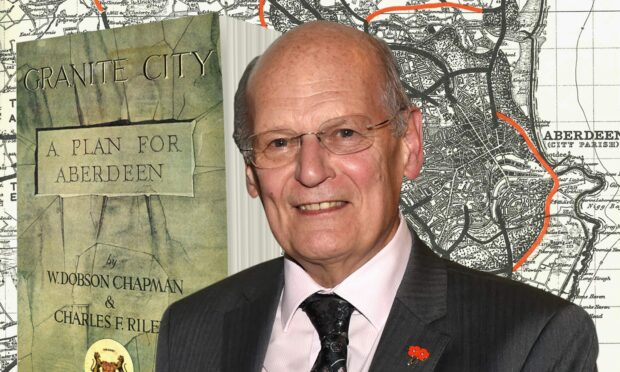
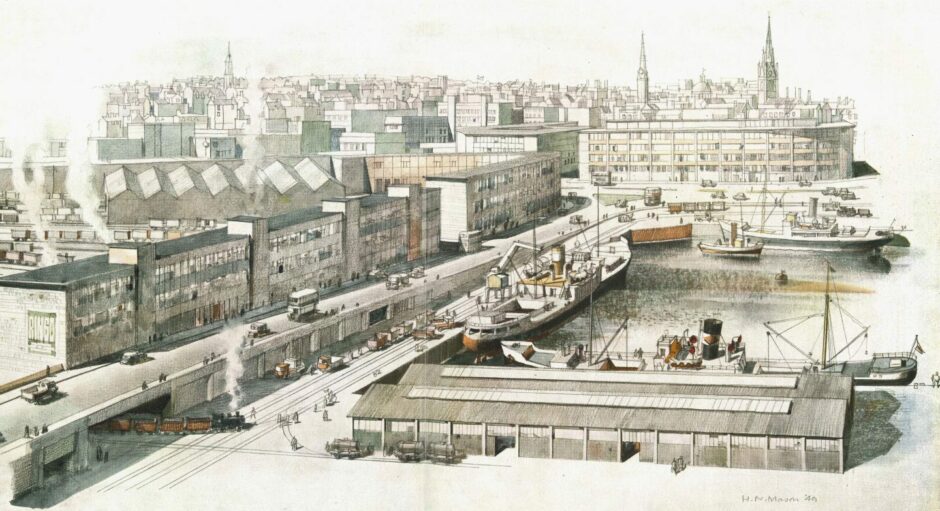
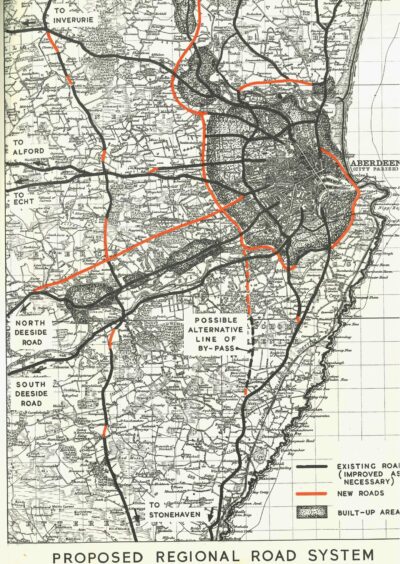
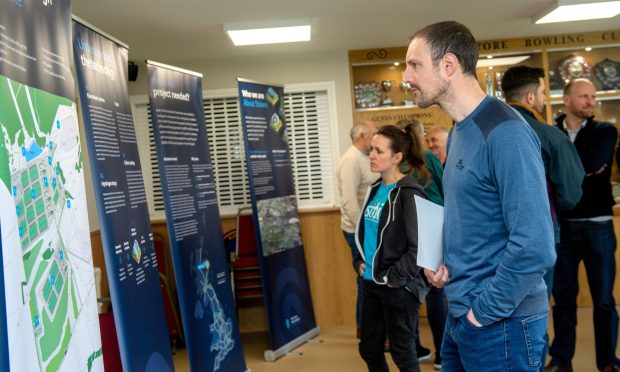
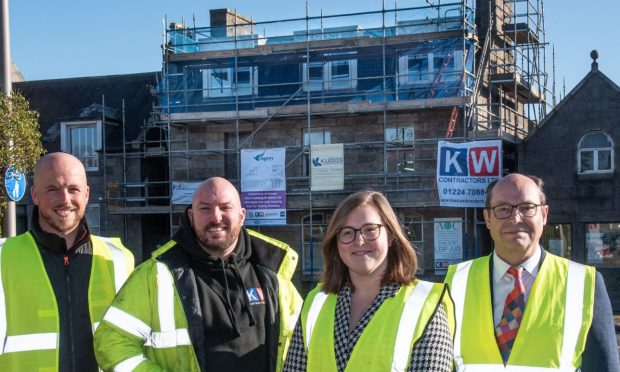








Conversation